In September 2017, Prince Charles became the longest serving Prince of Wales in British history. But this was not an automatic title – he was bestowed with it in 1958 but the investiture took place in 1969. Here, we take a look at this historic ceremony.
As heir to the throne, upon his mother’s accession as Sovereign, Prince Charles automatically received the title of Duke of Cornwall, meaning he could receive the full income of the Duchy at the age of 21. He did not become Prince of Wales, however, for another six years, when in 1958 Her Majesty the Queen appointed her son, ‘The Prince of Wales and Earl of Chester’ via Letters Patent; these are the legal documents that the Monarch uses to grant titles.
History of The Prince of Wales
The title of ‘Prince of Wales’ was originally granted to Welsh Princes from the 12th century, but the last sovereign Prince of Wales, Llywelyn, was killed in battle by King Edward I in 1282. Edward I’s son Edward, who was born at Caernarfon Castle, was invested as the first English Prince of Wales. Since then, the title has been dynastic and is granted to the male heir apparent of the English – and subsequently British – throne.
The title merges with the crown upon accession, and does not pass on to the next in line automatically. Hence, the new Sovereign must create the new heir as Prince of Wales. The Earldom of Chester – one of the most powerful Earldoms in medieval England – is also granted in conjunction with the title, style and dignity of the Principality of Wales.
Prince Charles is the 23rd Prince of Wales, since the role was established as a title for the heir apparent to the throne. When Charles becomes King, his eldest son and heir, Prince William, will automatically inherit the Duchy of Cornwall, and will then likely be appointed Prince of Wales by Letters Patent a short time after. His wife, Catherine, will then be entitled to the style, ‘HRH Princess of Wales’.
It is possible that William would then be invested Prince of Wales in a ceremony at Caernarfon Castle. While this is symbolic, as the title is given by Letters Patent, it will be a spectacle that attracts a large audience, as his father’s investiture did in 1969.
Investiture ceremonies were once very common: every peer of the realm was invested to their new position, but these ceremonies became tiring and so frequent and were abolished in 1621 under James I. Most investitures of the Prince of Wales were held in front of Parliament, before falling out of fashion; it wasn’t until 1911 when the investiture ceremony was reintroduced, as Welsh politician David Lloyd George thought a ceremony would be good for Wales. Hence, the future Edward VIII was invested as Prince of Wales at Caernarfon Castle.
Despite her being heir to the throne 25 years later when her father became King in 1936, Princess Elizabeth did not receive any such ceremony because of her gender: only men can be bestowed with the title. Therefore, the next investiture was held in 1969, when Prince Charles was 20 years old. He had already been Prince of Wales for 11 years, but The Queen decided it necessary to hold off on the investiture, until the Prince was old enough to understand its significance.
Prince Charles is invested as The Prince of Wales
The ceremony was held on 1st July 1969, and was broadcast to nine European countries, the Commonwealth and the United States. Members of the Royal Family arrived by train.
Prince Charles boarded his horse-drawn carriage in the uniform of the Colonel in Chief of the Royal Welsh Regiment, wearing the star of the Order of the Garter, and his only medal at the time, the coronation medal. As the carriage departed the train station, the young Prince saluted as the first six bars of the national anthem rang out.
A few minutes later, The Queen and Duke of Edinburgh arrived, with the Duke wearing the uniform of a Field Marshal. As the national anthem rang out once more, the royal standard was raised. The Queen Mother, Princess Margaret, and Princess Anne were also present.
As The Prince of Wales arrived on castle grounds, his personal standard was raised and the trumpets sounded, before the young Prince processed through the grounds to the music, ‘God Bless the Prince of Wales’. Once The Queen and The Duke of Edinburgh had taken their seats, the Sovereign commanded the Garter King of Arms to summon Charles from the Chamberlain Tower.
As Prince Charles knelt before his Queen and mother, the Home Secretary read the text of the letters patent in English, and the Secretary of State read the text in Welsh. The Letters Patent stated that The Queen has appointed:
“Charles Philip Arthur George, Prince of the United Kingdom of Great Britain and Northern Ireland, Duke of Cornwall and Rothesay, Prince of Wales and Earl of Chester… and do confirm the name, style, title, dignity and honour of the same principality and earldom….to hold to him and his heirs, Kings of the United Kingdom and of our other realms and territories, heads of the Commonwealth forever.”
As the Letters Patent were being read in Welsh, Her Majesty passed the sword to her son, making him Earl of Chester. After this, came the Coronet (the symbol of sovereignty), the gold ring (the symbol of unity between the Prince and Wales), the gold rod (symbol of temporal rule), and finally the kingly mantle.
This regalia recently returned to Wales to be exhibited, with Her Majesty’s permission.
Then came a ritual, that stretches back thousands of years; The Prince of Wales paid homage to his Queen, by placing his hands in-between those of his mother’s, still kneeling before her, and saying: “I, Charles Prince of Wales, do become your liege man of life and limb, and of earthly worship, and faith and truth I will bear onto thee, to live and die against all manner of folks.”
The Queen then exchanged the kiss of loyalty with her son, pledging herself to protect her dependent, acknowledging his status as a sovereign Prince. The Queen handed the letters patent to the Prince.
Charles then gave a speech in both English and Welsh, stating that it was his intention “to associate myself with as much of the life of the principality as possible. As a result of my two months stay in this country, I have come to see far more in the title I hold, than hitherto.”
After a short religious service, The Queen led her son to Queen Eleanor’s Gate, where Prince Charles received the homage of his people. 12 Phantom and four Lightening Aircraft then flew overhead, before the Royal Family boarded multiple carriages for the trip home.
The investiture of The Prince of Wales was a huge success. The promises that His Royal Highness made on that July day are still being made good on, 49 years later. Prince Charles has engaged in continuous charity work and like his mother, puts duty first. As the longest serving heir apparent and Prince of Wales, no one in British history has had more practice and preparation to one day be King.



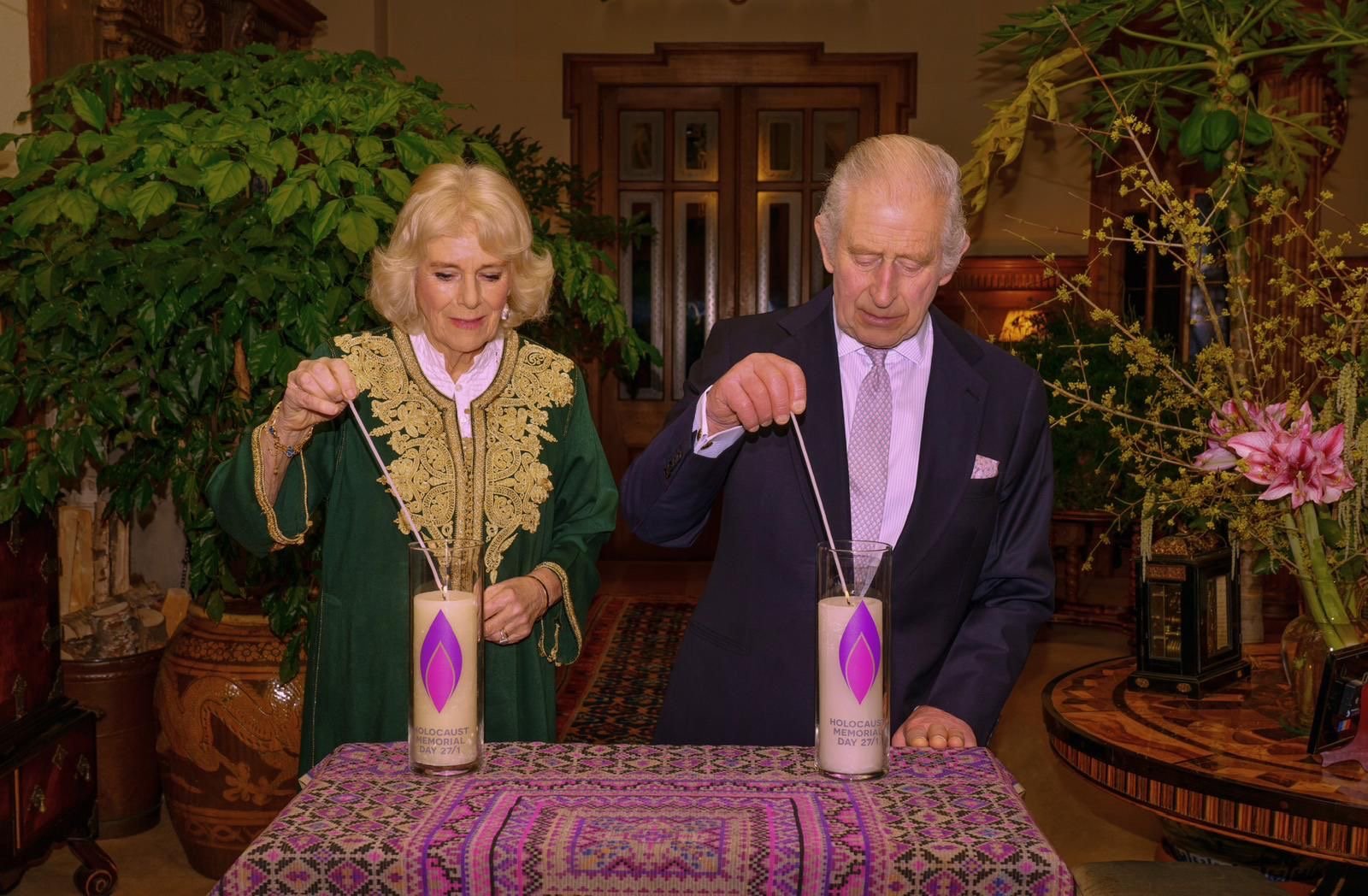


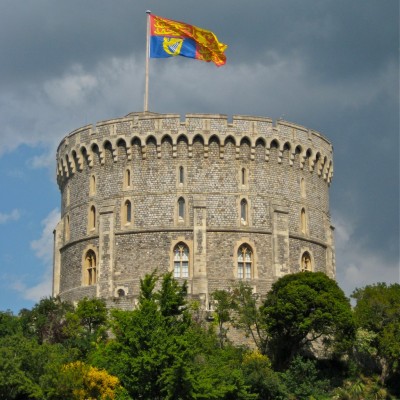
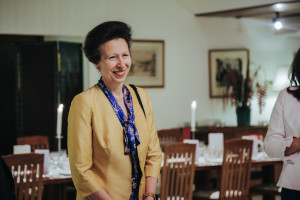
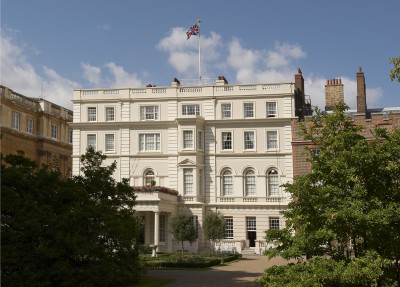
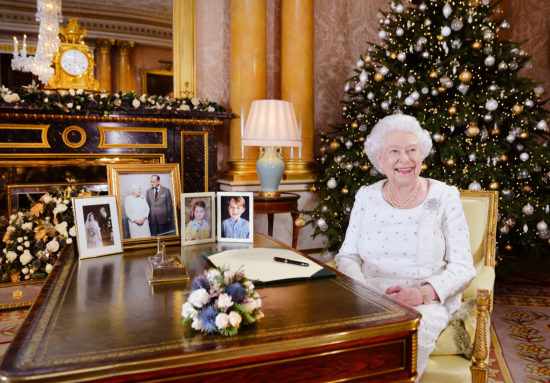
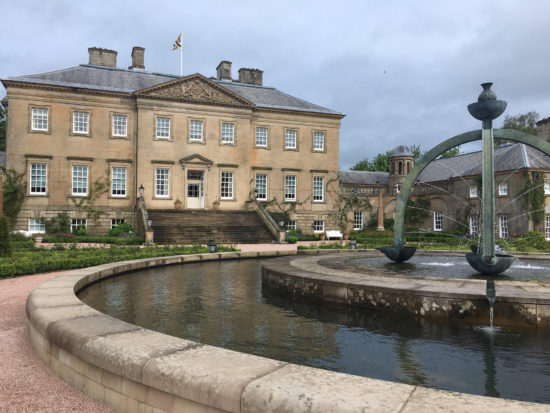
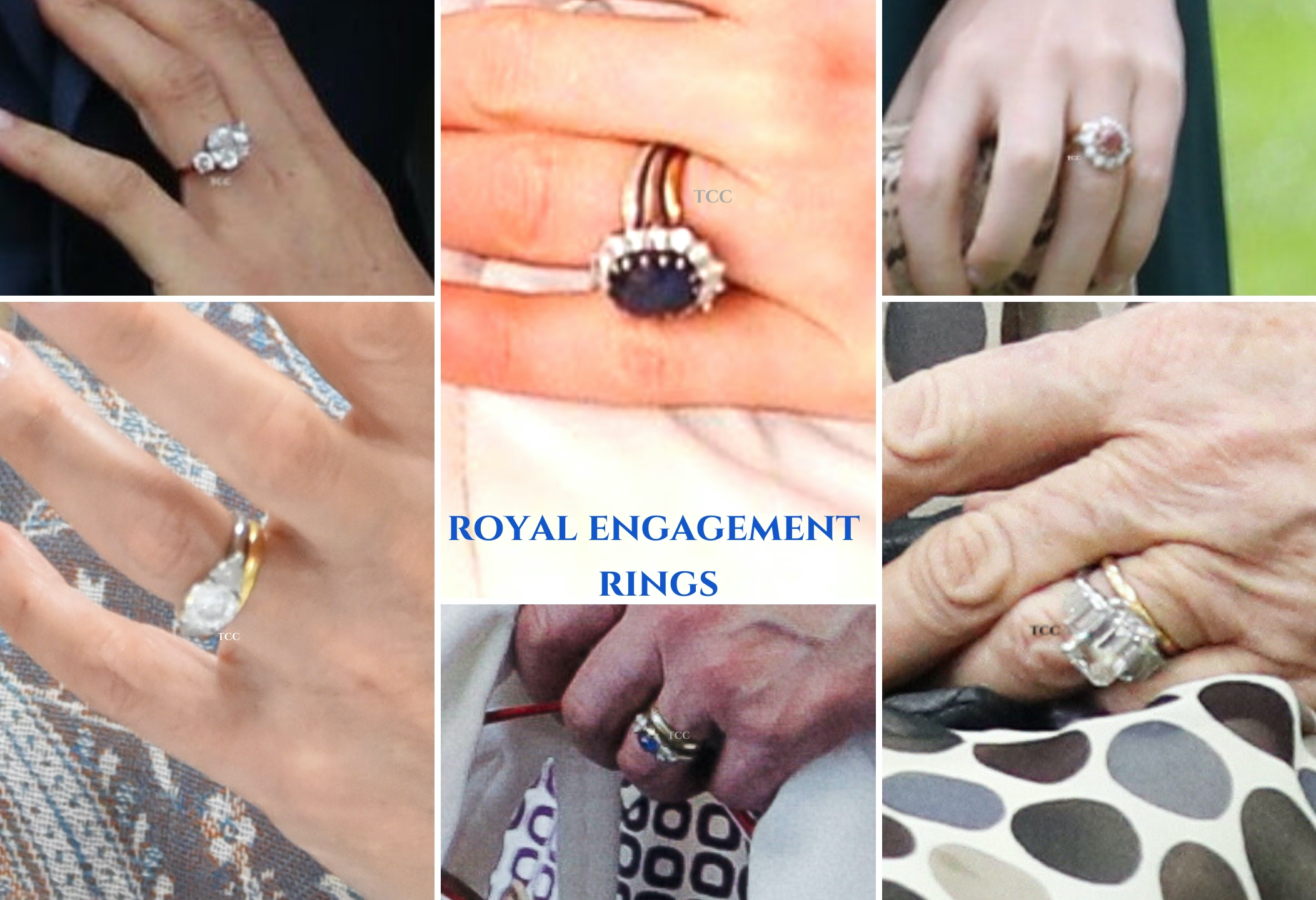
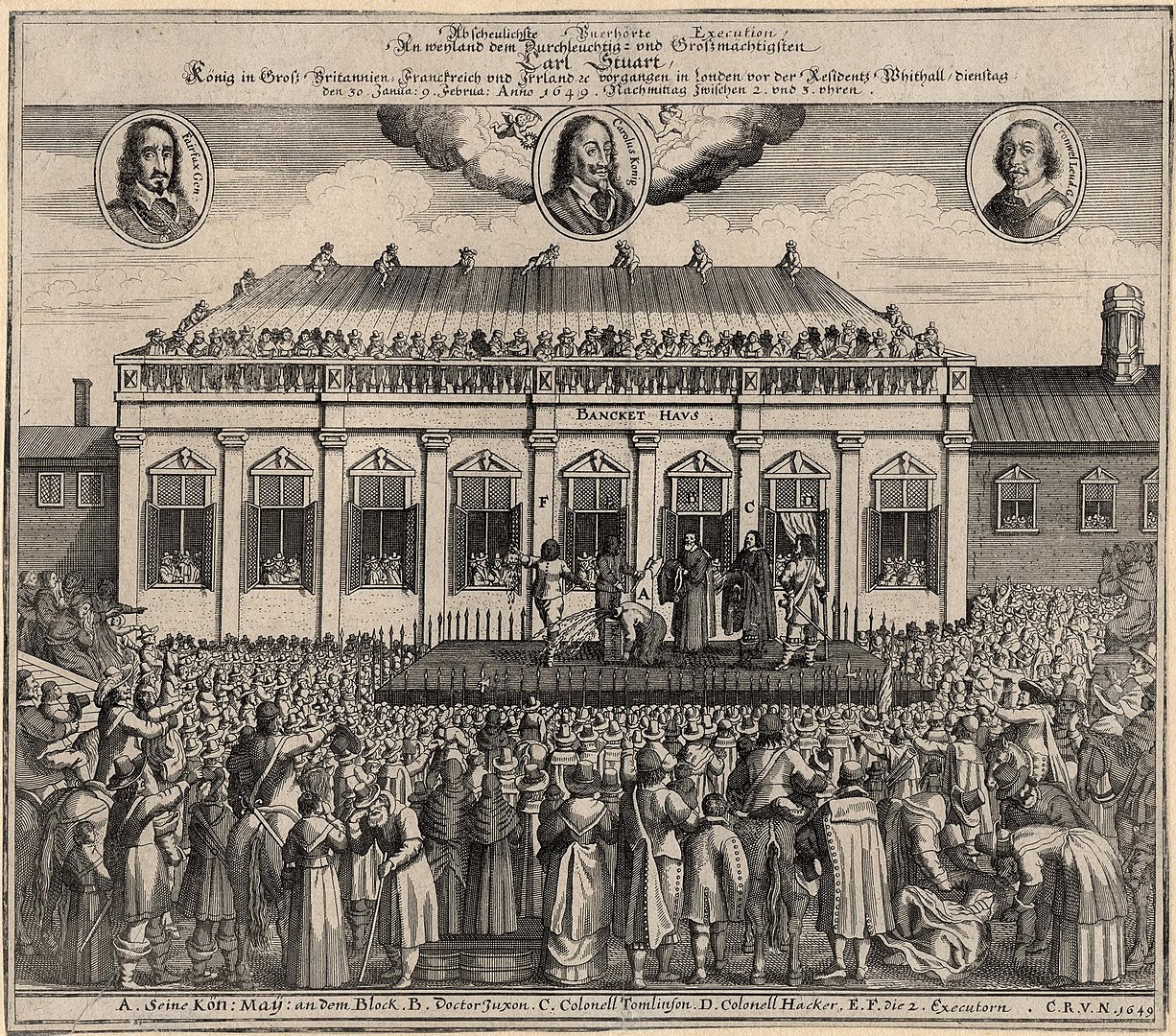
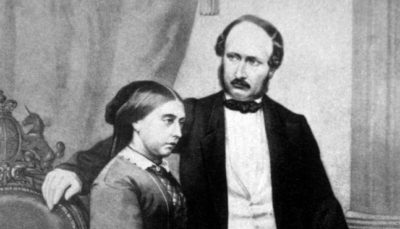
2 comments
It is surely time HRHPC was crowned king. Never in human history has the world been subject to such environmental degradation, such volatile weather patterns, pollution, species decline – climate change, and here is someone who well understands these concerns, is primed to deal with state heads, highly intelligent and above all, basically a good person. Time is running out. HM, with every respect, is too old to deal with these issues, and seems to becoming increasingly known for being the longest serving monarch in its history rather than anything more meaningful.
of course God send the path